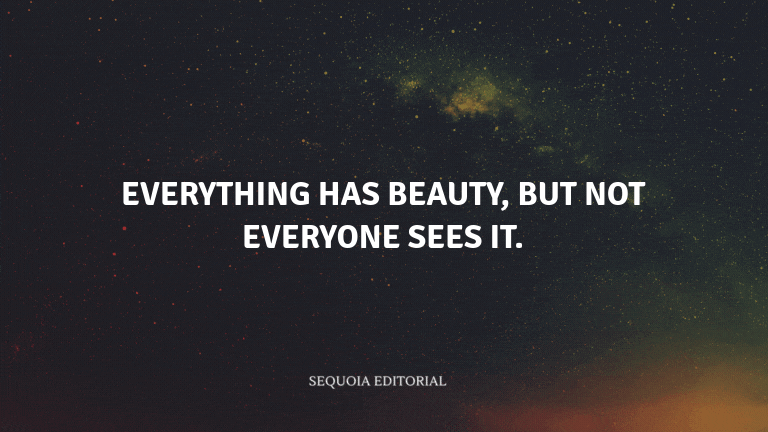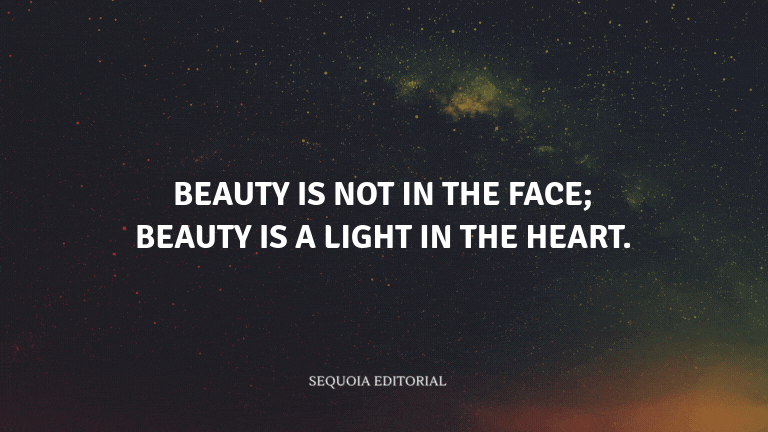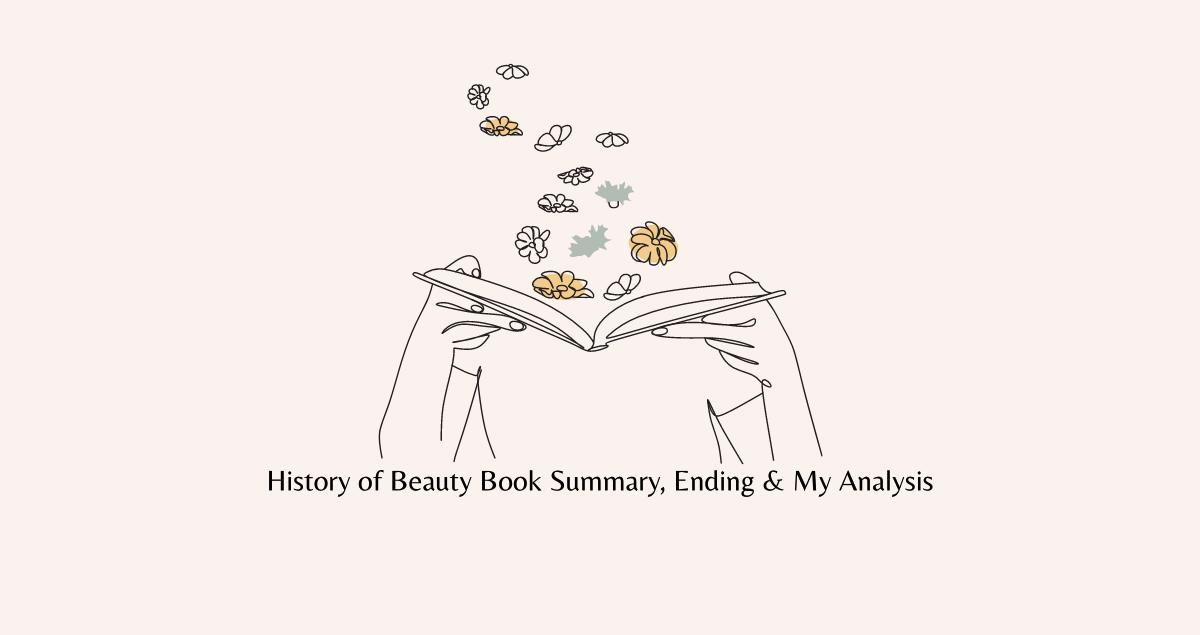History of Beauty is about the cultural, philosophical, and artistic journey that humanity has taken to understand and define what is beautiful. It delves into the evolution of beauty and its interpretations through the ages, allowing readers to appreciate the complex nature of this universally sought-after ideal.
Table of Content
History Of Beauty Book Summary
From the dawn of civilization to the present day, the concept of beauty has been a guiding force in humanity's artistic and philosophical pursuits. The book explores the ancient Greek understanding of beauty as a reflection of inner virtue and how it clashes with the later Roman emphasis on physical appearance.
During the Middle Ages, beauty is often associated with divine proportions and the symmetry found in nature, influencing the Gothic architecture and religious art of the time.
The Renaissance period marks a shift as artists and scholars rekindle the classical Greek ideals. The human form becomes central, and beauty is seen as a measure of man's intellect and creativity.
With the Industrial Revolution, beauty is industrialized. Mass production and consumer culture redefine beauty as a commodity, accessible to the masses but also subjected to the whims of fashion and advertising.
In the modern era, the book examines how beauty is politicized and reflects the values of the ruling elite. Counter-cultures emerge, challenging mainstream ideals and advocating for beauty in diversity and individuality.
Through each era, the perception of beauty influences not only how people see themselves but also how they relate to others and the world around them. It becomes a reflection of society's values and a tool for social stratification.
With the advent of technology, virtual and augmented reality redefine beauty once again. The line between the real and the artificial becomes blurred, prompting questions about the true nature of what is beautiful.
As the book progresses into the contemporary age, it reflects on globalization and how beauty has become a global language, crossing cultural boundaries and shaping a universal aesthetic.
However, it also highlights the dangers of a homogenized beauty standard, as traditional cultures and their unique interpretations of beauty are at risk of being lost.
Throughout this narrative, the individual's perception of beauty is both shaped by and a shaper of the times they live in. It is a reflection of personal identity yet inseparable from the collective consciousness.
History of Beauty invites readers to contemplate the transient and multifaceted nature of this ideal, urging them to seek beauty not just as an external object but as a mirror to their own soul and the world they wish to create.
History Of Beauty Quotes
- Everything has beauty, but not everyone sees it.

- Beauty is not in the face; beauty is a light in the heart.

- The best and most beautiful things in the world cannot be seen or even touched - they must be felt with the heart.

History Of Beauty Ending Explained
At the end of History of Beauty, the journey through the ages of perception, creation, and understanding of beauty is an ongoing one. It leaves readers with a profound sense of insight into the human experience and how the concept of beauty has shaped and been shaped by every era of civilization.
There is an acknowledgment of beauty's subjectivity and its power to influence society and individuals. The book serves as a call to action, prompting contemplation on the role of beauty in the future and the responsibility each individual carries in defining and appreciating it.
Ultimately, History of Beauty concludes with a reminder that the quest for beauty is not just an external pursuit but an exploration of the human condition and the values we hold dear, a journey that continues to unfold with each passing moment.
Characters in book History Of Beauty
- King: The embodiment of the ruling class' standards of beauty and the influence on cultural norms within each era.
- Philosopher: A deep thinker who ponders the meaning of beauty and its impact on society and the individual.
- Artist: Expresses beauty through various forms and is a testament to how beauty is interpreted and created.
- Commoner: Represents the everyday person whose perception of beauty is shaped by the prevailing standards within society.
- Historian: Chronicler of the past, providing context and depth to the ever-changing ideals of beauty.
- Revolutionary: A catalyst for change, challenging established notions of beauty and advocating for a new perspective.
Key Lessons
- Beauty is Subjective: The perception of beauty varies greatly among individuals and across cultures. There isn't a single standard of beauty that applies universally.
- Beauty Reflects Society: The prevailing ideals of beauty often mirror the political, social, and economic structures of a given time and place.
- Beauty is Transient: What is considered beautiful is in constant flux, changing with historical, technological, and cultural developments.
- Beauty is Created and Interpreted: It is not just an inherent quality but also a product of human creativity and the way it is observed and understood.
- Beauty is a Powerful Force: It can inspire, shape identity, and influence personal and societal choices, sometimes for better and sometimes for worse.
My Personal Opinion
Is History of Beauty worth Reading? Absolutely yes, I found it to be a profound exploration of a fundamental concept that touches upon the very essence of humanity and culture.
I was deeply impressed with the thorough research and the skillful narrative that weaves through centuries, providing insights into the dynamic nature of beauty. At times, I wished for a more contemporary focus, but the historical depth added tremendous value to my understanding.
I would recommend this book to anyone with an interest in art, philosophy, or the human condition. It is particularly enlightening for those who seek to understand how beauty shapes our world and our perceptions within it.

